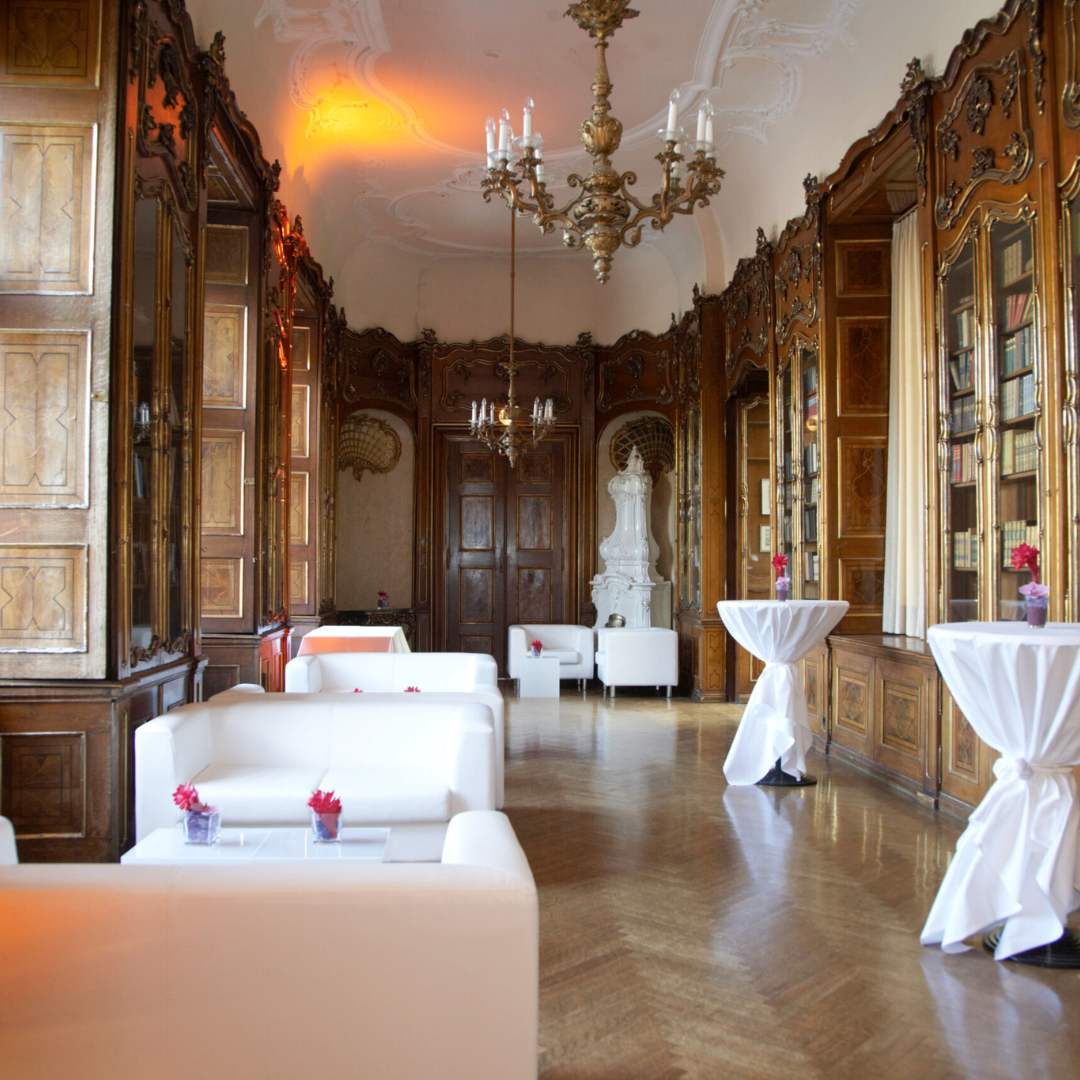Das historische
Palais Auersperg

The Palais Auersperg was built between 1706 and 1710 according to the plans of the Baroque architects Johann Bernhard Fischer von Erlach and Lukas von Hildebrandt.
Since then, the Palais Auersperg has been one of the focal points of European music, political, and social history: Wolfgang Amadeus Mozart, Joseph Haydn, and Christoph Willibald Gluck made their contribution to world music here.
The noble families of Rofrano, Kinsky, Sachsen-Hildburghausen, Auersperg, and the Swedish royal house of Wasa conducted major political affairs in the Palais and created a manifestation of aristocratic splendor with opulent festivities.
Even in the difficult days of the Second World War, the house next to the Vienna Hofburg played a key role in history: in the extensive cellars of the Palais, the resistance fighters of the O5 met, prevented the destruction of Vienna, and laid the foundation for a new, free Austria.
State Rooms

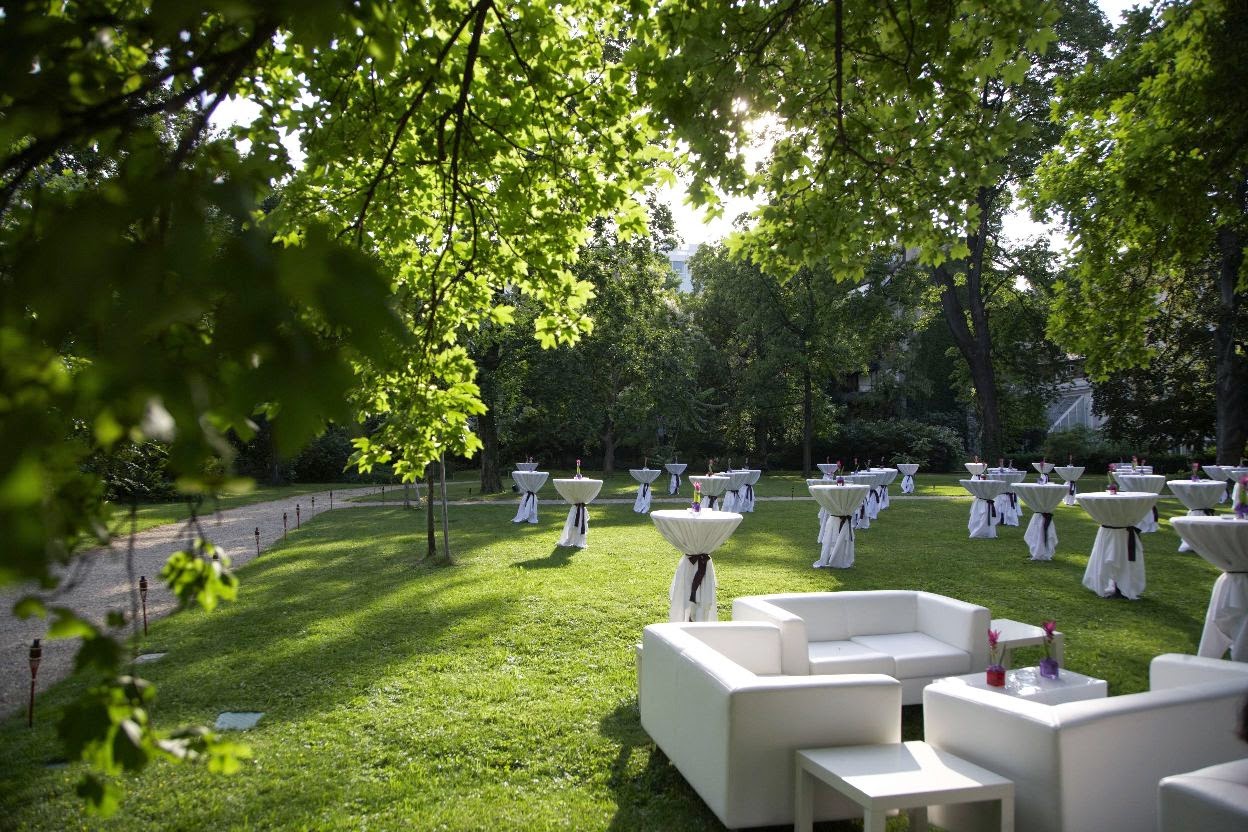
Palais Park
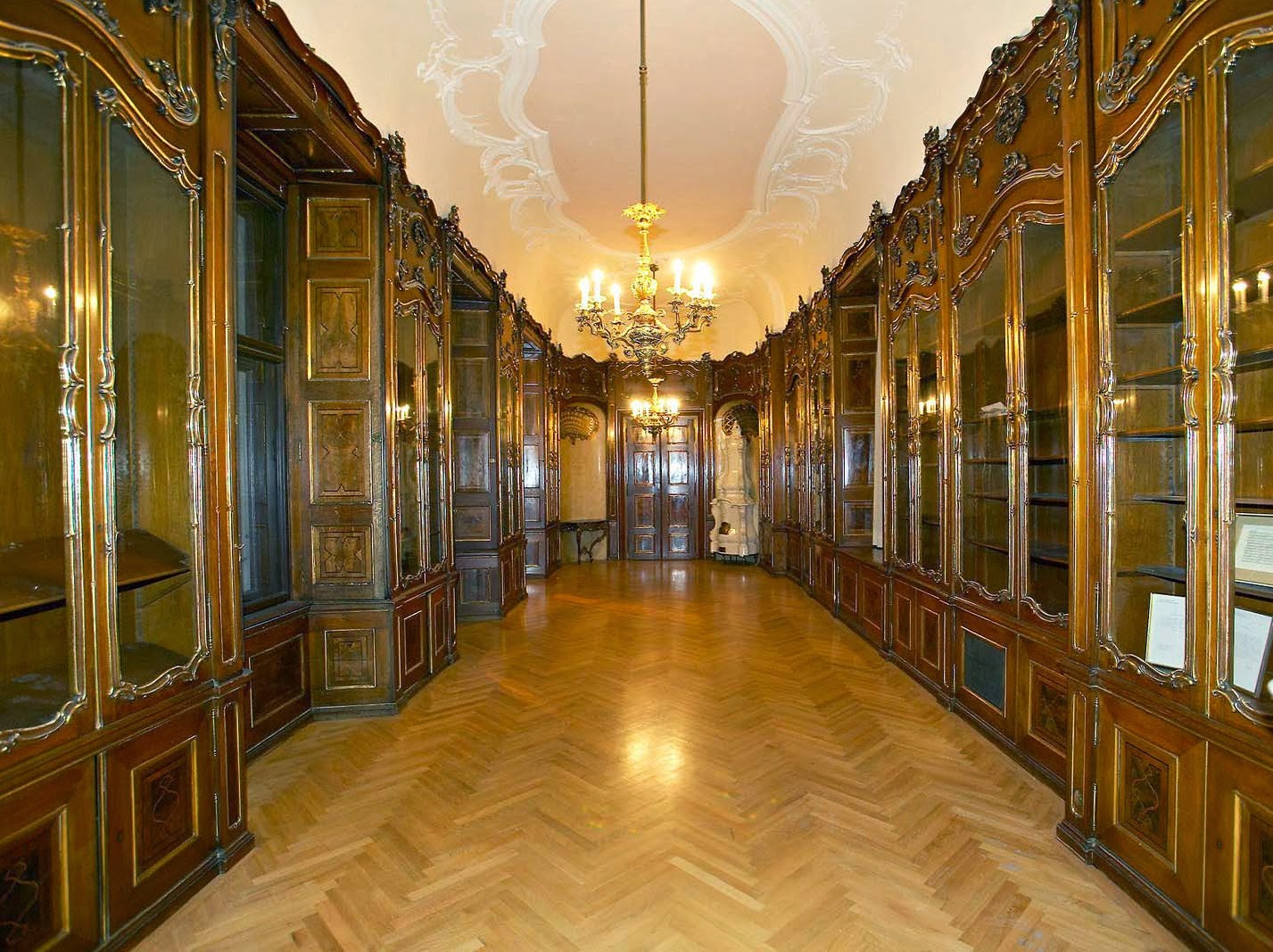
Library & Loggia
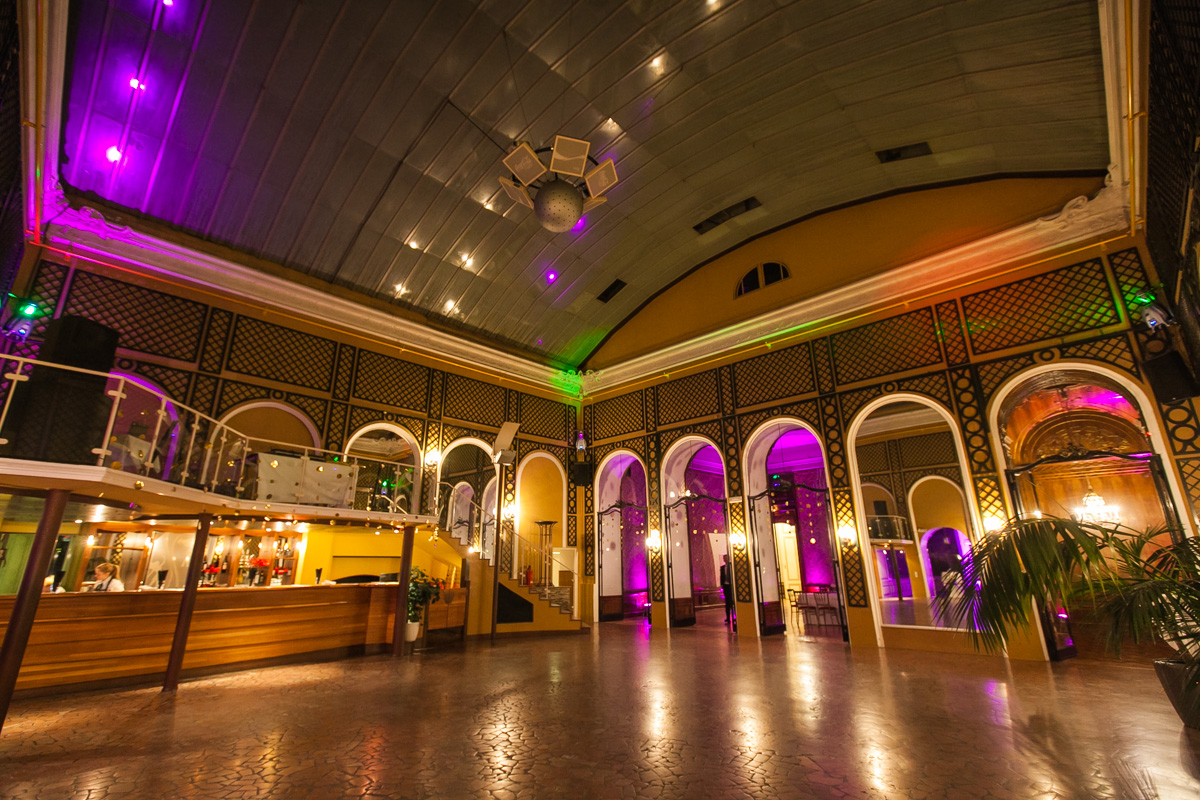
Winter Garden
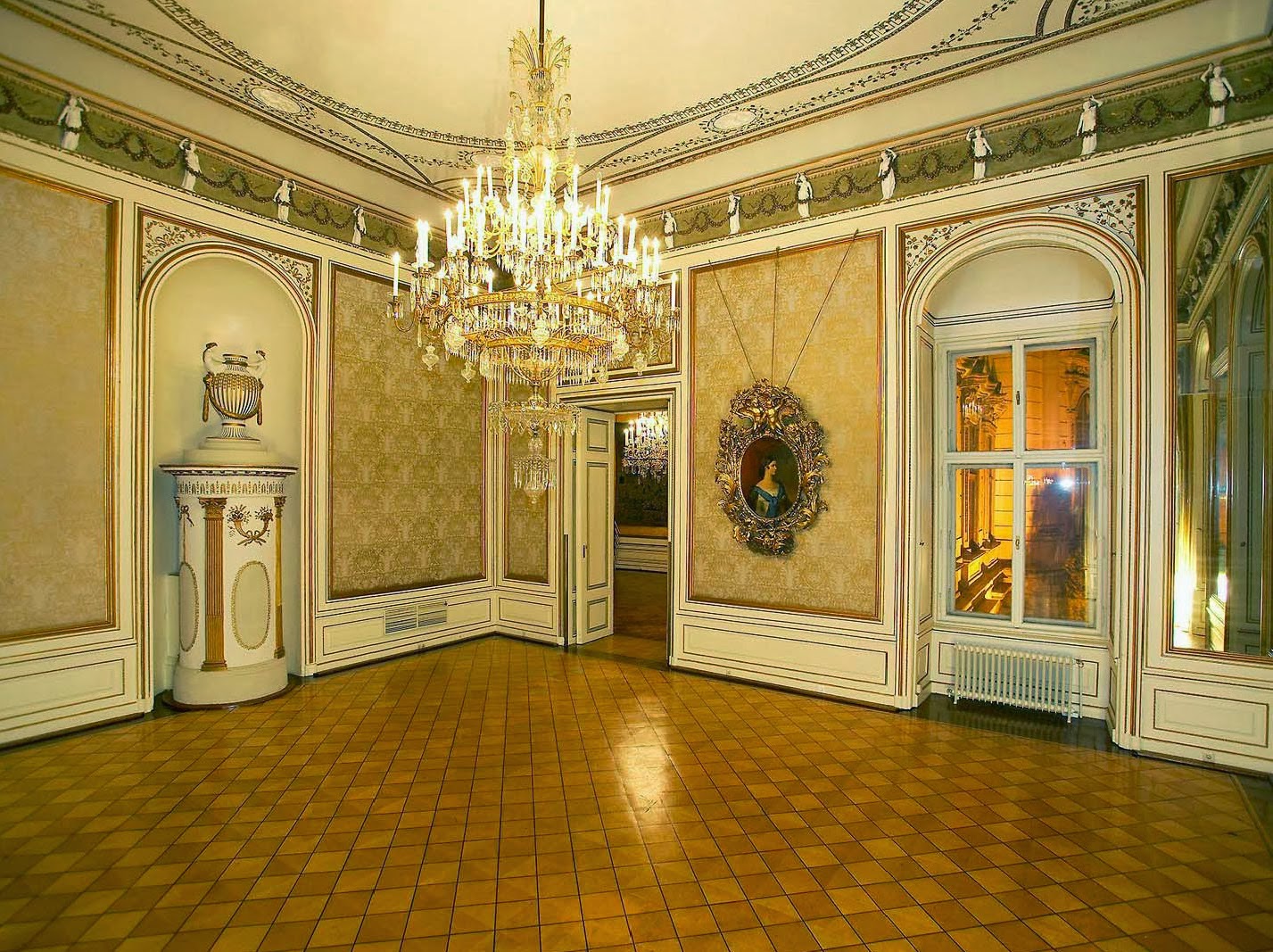
Crown Prince Rudolf Hall
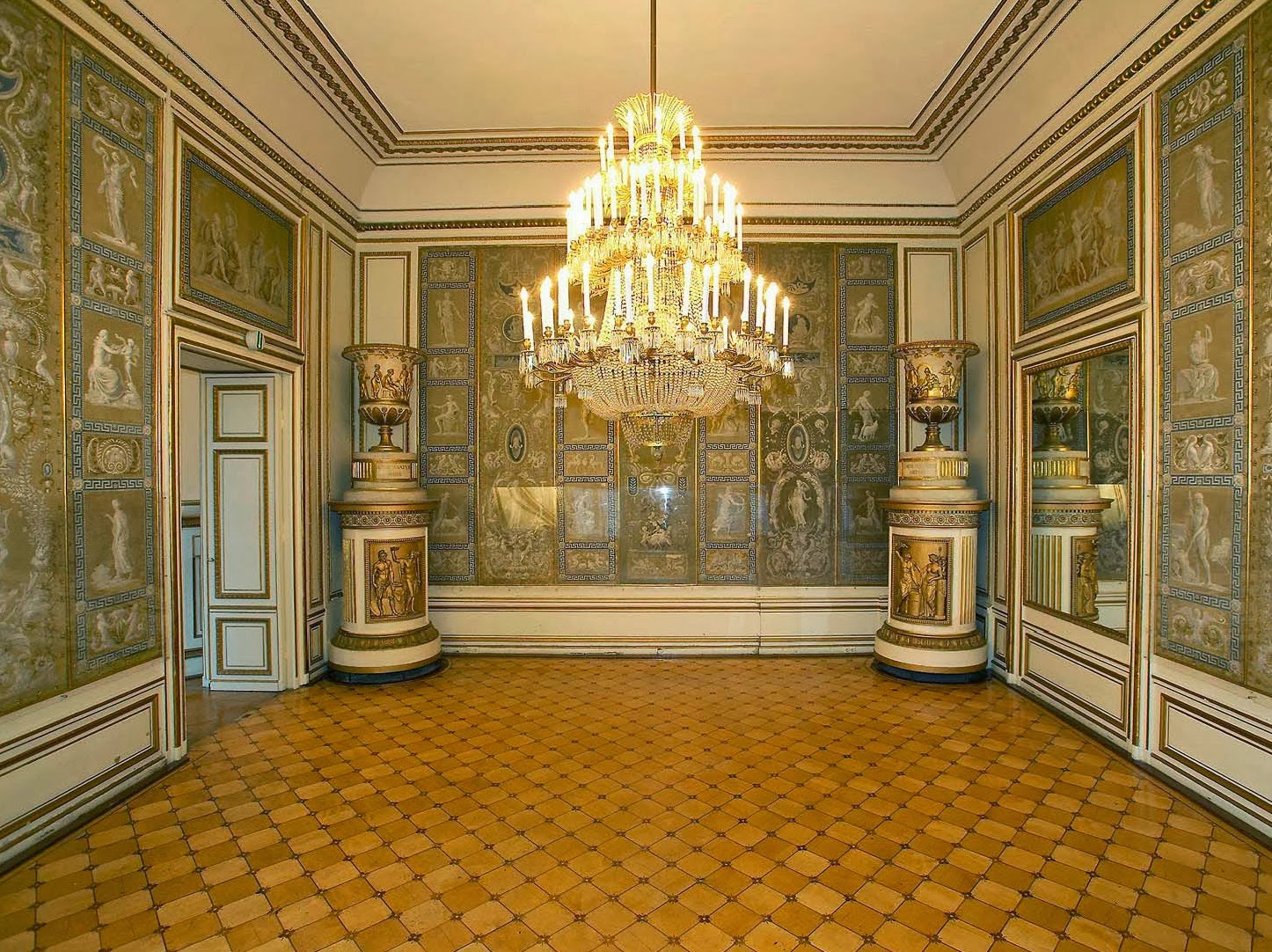
Maria Theresien Hall
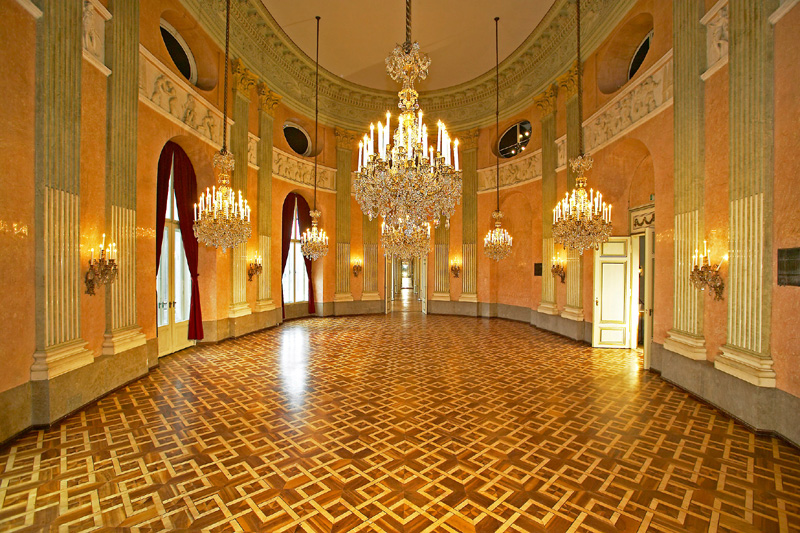
Rosenkavalier Hall
History

1706
From Private Property to Historical Building
In 1700, Hippolyt Marchese Malaspina sold the grounds of the Rottenhof free estate, on which the Viennese district of Josefstadt now extends, to the city of Vienna. A part of it was acquired by Reichsgraf Ferdinand Karl von Welz, the governor of Lower Austria, who commissioned the construction of the Palais in 1706 according to plans by Johann Lukas von Hildebrandt.
1721
From Inherited Sale to Architectural Jewel
However, his heirs sold the property in 1721 to Marchese Girolamo Capece di Rofrano, Postmaster General in Italy. In the same year, master builder Johann Christian Neupauer carried out numerous changes and additions according to plans by Johann Bernhard Fischer von Erlach.
After the death of Marchese Rofrano, his minor son Peter inherited the Palais, but died at the age of 19. Hugo von Hofmannsthal set him an unforgettable literary monument in the figure of Octavian in “Der Rosenkavalier.”
1760
Musical Glory Despite Military Defeats
In 1760, the building was rented to Field Marshal Friedrich Wilhelm Prince of Sachsen-Hildburghausen, who lost all his battles, but hosted numerous festivals and musical evenings in the Palais.
The latter were often led by court conductor Christoph Willibald Gluck and were the musical nonplusultra of the imperial city.
1777 to 1837
From Royal Splendor to Cultural Heritage
In 1777, Johann Adam Prince of Auersperg, then High Chamberlain and Hereditary Marshal of Tyrol, acquired the Palais.
The Auerspergs restored the building and attached great importance to the redesign of the interior in the style of classicism. Josef Karl Henrici created the stucco work and Niccolo Rossi created the ceiling painting in the festival hall, which unfortunately no longer exists.
In 1781, the Austrian premiere of Mozart’s “Idomeneo” took place in the Palais Auersperg under the direction of the composer.
1827-1837 – the Palais functioned as the royal Swedish exile court of the Wasa family.
19th Century
From Baroque to English Style
In the 19th century, some structural changes were made, including the redesign of the Baroque garden into an English landscape garden. Due to an increase in the street level and the later extension of the facade, there was an optical impairment of the exterior and so the column structure of the strongly projecting central avant-corps was erected in 1885 according to a design by Gangolph Kayser.
1944 to 2000
From Historical Heritage to Central War and Peace Stage
The Auersperg family remained the owner of the Palais until 1944, when the Croy-Dülmen family inherited it.
The Palais Auersperg played an important role towards the end of the Second World War – towards the end of the war, it was the seat of the Austrian resistance movement 05.
In the first days of peace, discussions also took place in the Palais Auersperg, in which the Austrian politicians were able to agree on a new civil administration.
The Palais Auersperg was also the seat of the Inter-Allied Military Police between 1945 and 1955.
The former carriage passage was converted into an oval hall after 1945. In 1948, the reconstruction of the building, which had been badly damaged in the Second World War, began. In 1955 and 2000, the Palais was completely renovated and presented itself for a long time as one of the most sought-after and exclusive MICE venues in the republic.
2004 to Today
From Cultural Diversity to Economic Challenges
Between 2004 and 2024, the piano nobile and the park of the Palais were rented by Belco Palaisvermietungs GesmbH and successfully sublet for many very different events. From international congresses to school balls, press conferences and film shoots to the daily classical concerts of the Vienna Residence Orchestra.
In 2023, increased noise pollution and noise disturbances in the building, which disturbed concerts, as well as significant differences with the new owner of the Palais, led to severe restrictions on the business operations of BELCO Palaisvermietungs GesmbH, which is why the company had to file for bankruptcy in February 2024.
Classical Concerts in the Palais Auersperg

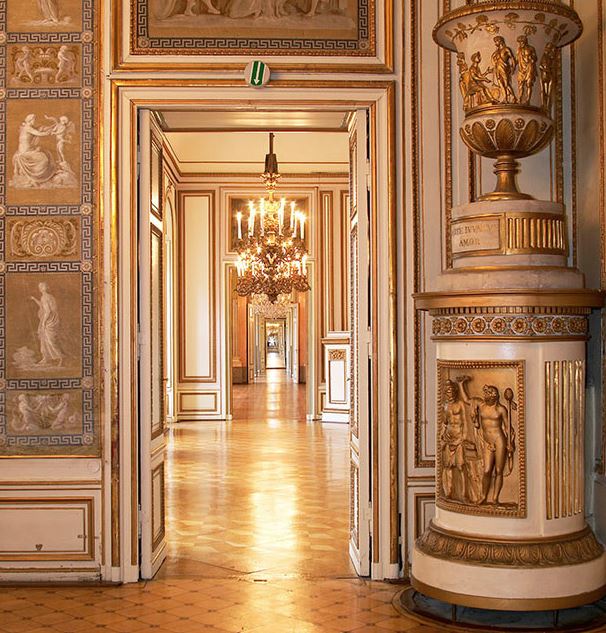
From 2004 to 2024, the Vienna Residence Orchestra continued the great musical tradition of the house and held its daily classical concerts in the Palais Auersperg.
The Vienna Residence Orchestra is one of the best chamber orchestras in the world: each individual musician is a recognized soloist, the orchestra is a guest in the great concert halls of the world: Mexico City, Montevideo, Paris, Berlin, Rome, Athens, Budapest are just a few of the stations that the orchestra visited with its guest conductor Rudolf Nurejev.
Under the musical direction of greats such as Robert Lehrbaumer, Giuseppe Montesano and Prof. Christian Pollack as well as the guest conductors Gerhard Lagrange, Daniel- Hoyem Cavazza and many others, the Vienna Residence Orchestra performed daily in the Rosenkavalier Hall of the Palais Auersperg.
In large and small ensembles, with famous soloists and those who were yet to become famous, ballet dancers and with musical delicacies that are based on the respective seasonal motto.
The daily concerts now take place in the old stock exchange, the Vienna Konzerthaus and the most beautiful historical Palais in Vienna. Further information and tickets can be found on the website of the Vienna Residence Orchestra.







